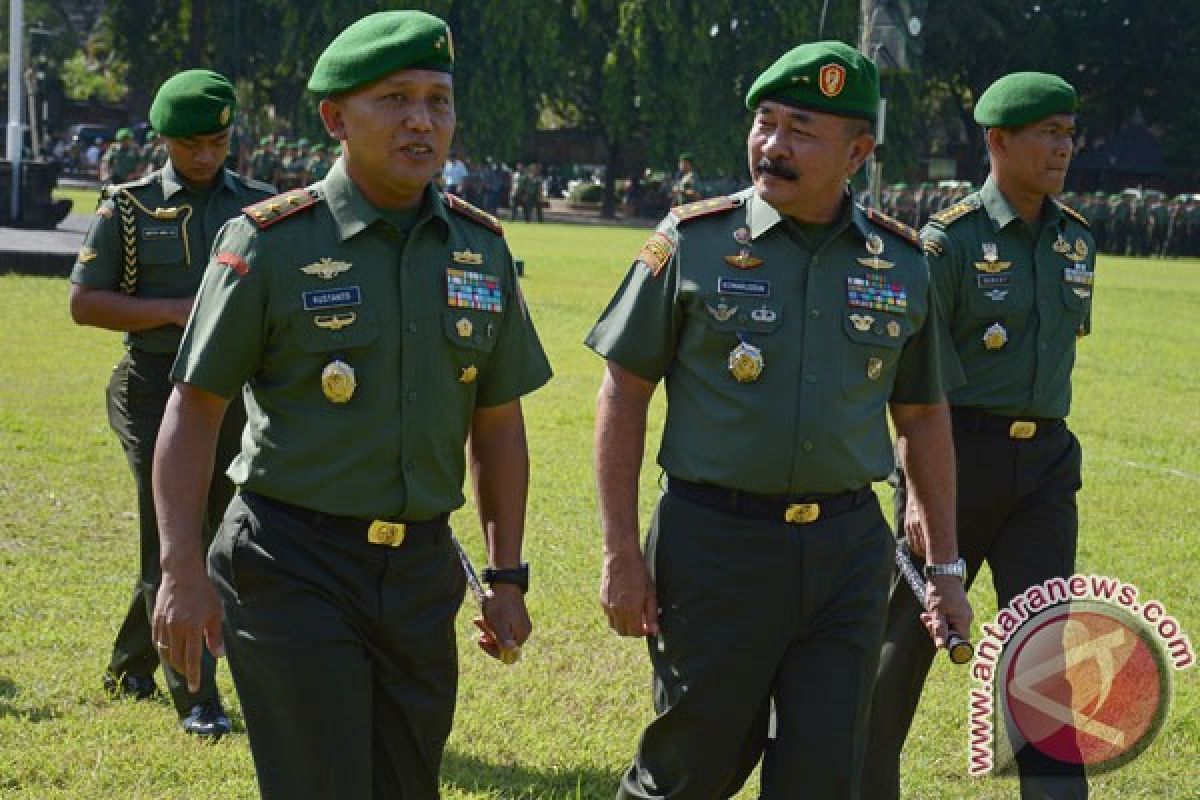U.S. Military Buildup In Northern Europe: Deterrence Or Preparation For War With Russia?

Table of Contents
The Rationale Behind the U.S. Military Buildup
Deterrence as the Primary Goal
The U.S. military buildup in Northern Europe is fundamentally rooted in the NATO alliance and its collective defense strategy. Article 5 of the Washington Treaty stipulates that an attack on one member is considered an attack on all. The increased US military presence serves to reassure NATO allies in the Baltic region (Estonia, Latvia, Lithuania) and Eastern Europe, bolstering their confidence in the alliance's commitment to their security. This is a key aspect of "extended deterrence," where the US guarantees the defense of its allies, even against a powerful adversary like Russia.
- Military Exercises: Large-scale joint military exercises, like Defender Europe, demonstrate NATO's readiness and interoperability.
- Troop Deployments: The rotational deployment of US troops to countries bordering Russia provides a visible commitment to regional security.
- Advanced Weapon Systems: The deployment of advanced weaponry, including missile defense systems and fighter jets, enhances the credibility of the deterrent threat.
Addressing Russian Aggression
Russia's annexation of Crimea in 2014 and its ongoing military intervention in Ukraine have dramatically altered the regional security landscape. These actions, coupled with Russia's continued military modernization and assertive foreign policy, represent a significant threat to NATO members. A strong US military presence in Northern Europe directly counters these expansionist ambitions by raising the cost of any potential aggression.
- Annexation of Crimea: Russia's illegal annexation of Crimea demonstrated its willingness to use military force to achieve its geopolitical objectives.
- Military Interventions: Russia's support for separatist movements in eastern Ukraine highlights its ongoing efforts to destabilize the region.
- Military Capabilities: Russia possesses a formidable military, including nuclear weapons, which necessitates a robust deterrent.
The Scope and Nature of the Military Buildup
Types of Military Deployments
The US military buildup in Northern Europe encompasses all branches of the armed forces. This includes:
- Army: Increased deployment of ground troops to Poland, the Baltic states, and other countries in the region.
- Navy: Increased naval activity in the Baltic Sea, including the deployment of ships and submarines.
- Air Force: Increased air patrols and the deployment of fighter jets to air bases in the region.
Deployments are concentrated in strategically important locations, including Poland, Lithuania, Latvia, and Estonia, acting as a visible deterrent along Russia's western border. The scale of the buildup involves thousands of troops, substantial quantities of military equipment, and significant investments in infrastructure.
Infrastructure Development
The US is investing heavily in military infrastructure in Northern Europe. This includes:
- New and upgraded military bases: Modernization and expansion of existing bases and the construction of new facilities to accommodate increased troop numbers and equipment.
- Improved port facilities: Enhancements to port infrastructure to facilitate the rapid deployment of troops and equipment by sea.
- Expanded airfields: Upgrades to airfields to handle increased air traffic and accommodate larger aircraft.
These infrastructure improvements are not merely short-term measures; they signify a long-term commitment to maintaining a robust military presence in the region. The economic and geopolitical implications of this investment are significant, demonstrating a clear commitment to the security of the region.
Counterarguments and Alternative Perspectives
Escalation Risks
Critics argue that a substantial US military buildup could inadvertently escalate tensions with Russia, increasing the risk of miscalculation and accidental conflict. The increased military activity could be perceived as provocative by Moscow, leading to a dangerous spiral of escalation. An arms race in the region, with both sides increasing their military capabilities, is another significant concern.
- Accidental Conflict: The possibility of an accidental clash between US and Russian forces, especially during military exercises, cannot be ruled out.
- Miscalculation: Misinterpretations of military actions on either side could lead to a rapid escalation of hostilities.
- Arms Race: A competitive buildup of military forces could lead to a costly and destabilizing arms race.
Economic and Political Costs
Maintaining a large US military presence in Northern Europe carries significant economic and political costs.
- Financial Burden: The costs associated with troop deployments, infrastructure development, and equipment maintenance are substantial.
- Political Ramifications: The buildup could strain relations with Russia, potentially impacting diplomatic efforts to resolve regional conflicts. There might also be domestic political opposition within the US to increased military spending.
- Alternative Strategies: Some argue that greater emphasis should be placed on diplomatic solutions, economic sanctions, and other non-military strategies to deter Russian aggression.
Conclusion
The U.S. Military Buildup in Northern Europe is a complex issue with both proponents and detractors. While the increased military presence undeniably serves as a deterrent against Russian aggression, it also carries the risk of escalating tensions and provoking unintended consequences. Whether the buildup is primarily a deterrent or preparation for war remains a nuanced question with no easy answer. Both aspects must be considered.
The continued monitoring of this situation and its implications are critical. To form your own informed opinion on the U.S. Military Buildup in Northern Europe and its implications for regional and global security, further research is encouraged. Consider exploring resources from reputable think tanks, academic journals, and government reports to gain a comprehensive understanding of this critical issue.

Featured Posts
-
 Rayan Cherki What A German Insider Reveals
May 28, 2025
Rayan Cherki What A German Insider Reveals
May 28, 2025 -
 Suksesnya Gerakan Bali Bersih Sampah Kolaborasi Kodam Udayana Dan Masyarakat
May 28, 2025
Suksesnya Gerakan Bali Bersih Sampah Kolaborasi Kodam Udayana Dan Masyarakat
May 28, 2025 -
 Bali Belly A Comprehensive Guide To Prevention And Cure
May 28, 2025
Bali Belly A Comprehensive Guide To Prevention And Cure
May 28, 2025 -
 Ana Peleteiro Y 12 Atletas Mas Rumbo Al Mundial De Atletismo En Pista Cubierta De Nanjing
May 28, 2025
Ana Peleteiro Y 12 Atletas Mas Rumbo Al Mundial De Atletismo En Pista Cubierta De Nanjing
May 28, 2025 -
 Adanali Ronaldodan Cristiano Ronaldo Ya Yanit Gercekler Ve Detaylar
May 28, 2025
Adanali Ronaldodan Cristiano Ronaldo Ya Yanit Gercekler Ve Detaylar
May 28, 2025
